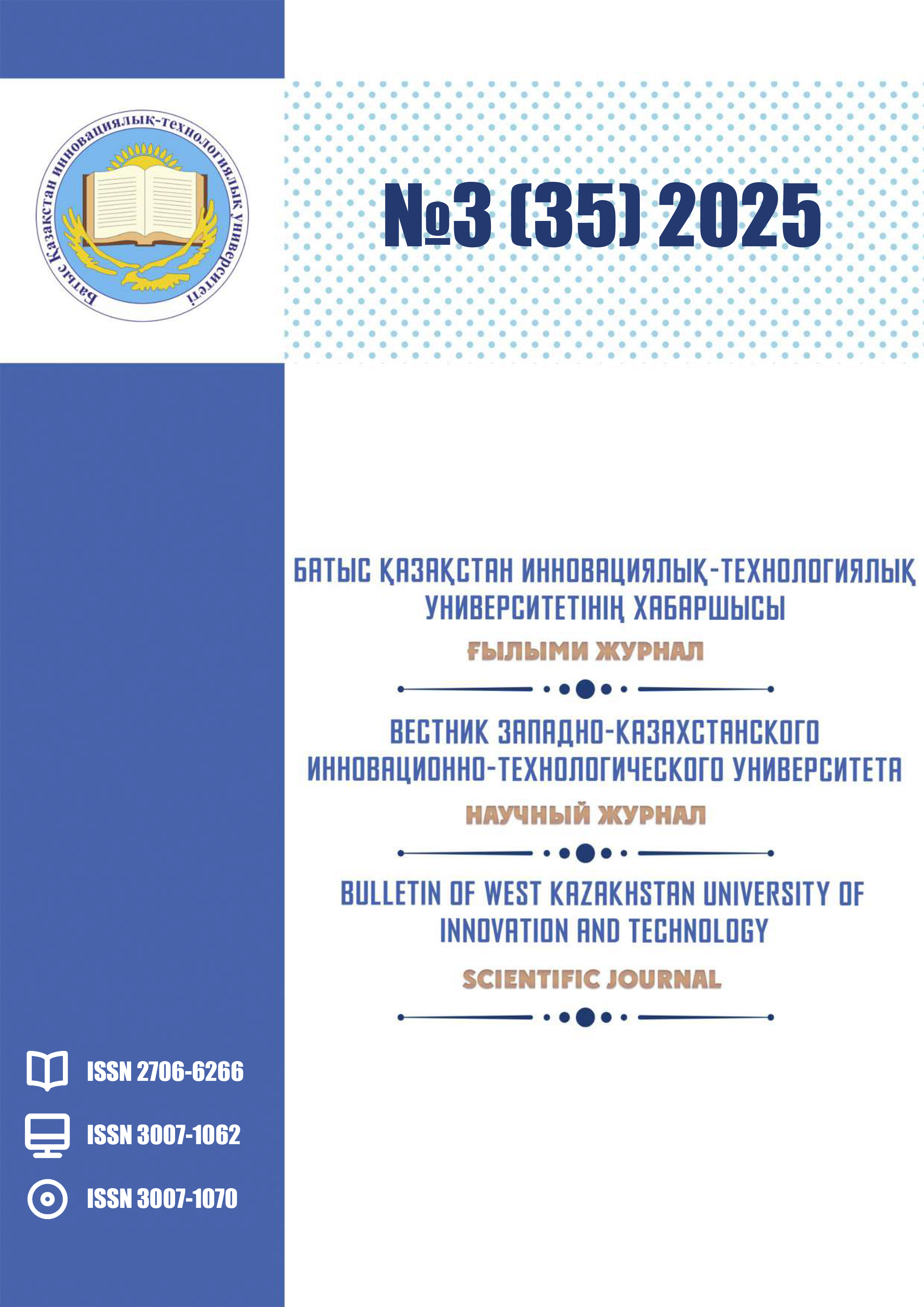HEMATOLOGICAL AND BIOCHEMICAL PROFILES OF YOUNG AKZHAIK MEAT-AND-WOOL SHEEP AT 4 AND 8 MONTHS
DOI:
https://doi.org/10.62724/202530502Keywords:
Akzhaik breed; hematology; erythrocytes; leukocytes; hemoglobin; calcium; phosphorus.Abstract
Hematological parameters are widely recognized as indicators that partially reflect the breeding value, adaptive capacity, and productive qualities of farm animals. In this study, we investigated blood morphology and serum biochemical traits of Akzhaik meat-and-wool lambs during the fattening period at 4 and 8 months of age. The experimental design included three linebred groups—BALI-1395, selected for greater live weight; BAK-4087, selected for longer fleece; and related group No. 7082—together with a non-linebred control group. All measured hematological and biochemical values were within the established physiological ranges for sheep. Among the groups, lambs of the BALI-1395 line displayed the highest red blood cell counts and hemoglobin concentrations, as well as increased levels of serum total protein, calcium, and phosphorus. Animals from the other linebred groups also outperformed controls, showing more favorable blood indices. These findings confirm that linebreeding contributes to improved physiological and productive potential compared with non-line animals. The results not only demonstrate the genetic advantages of linebreeding but also emphasize the importance of using hemato-biochemical markers as reliable selection criteria for the sustainable development of sheep husbandry in Kazakhstan and Russia.

